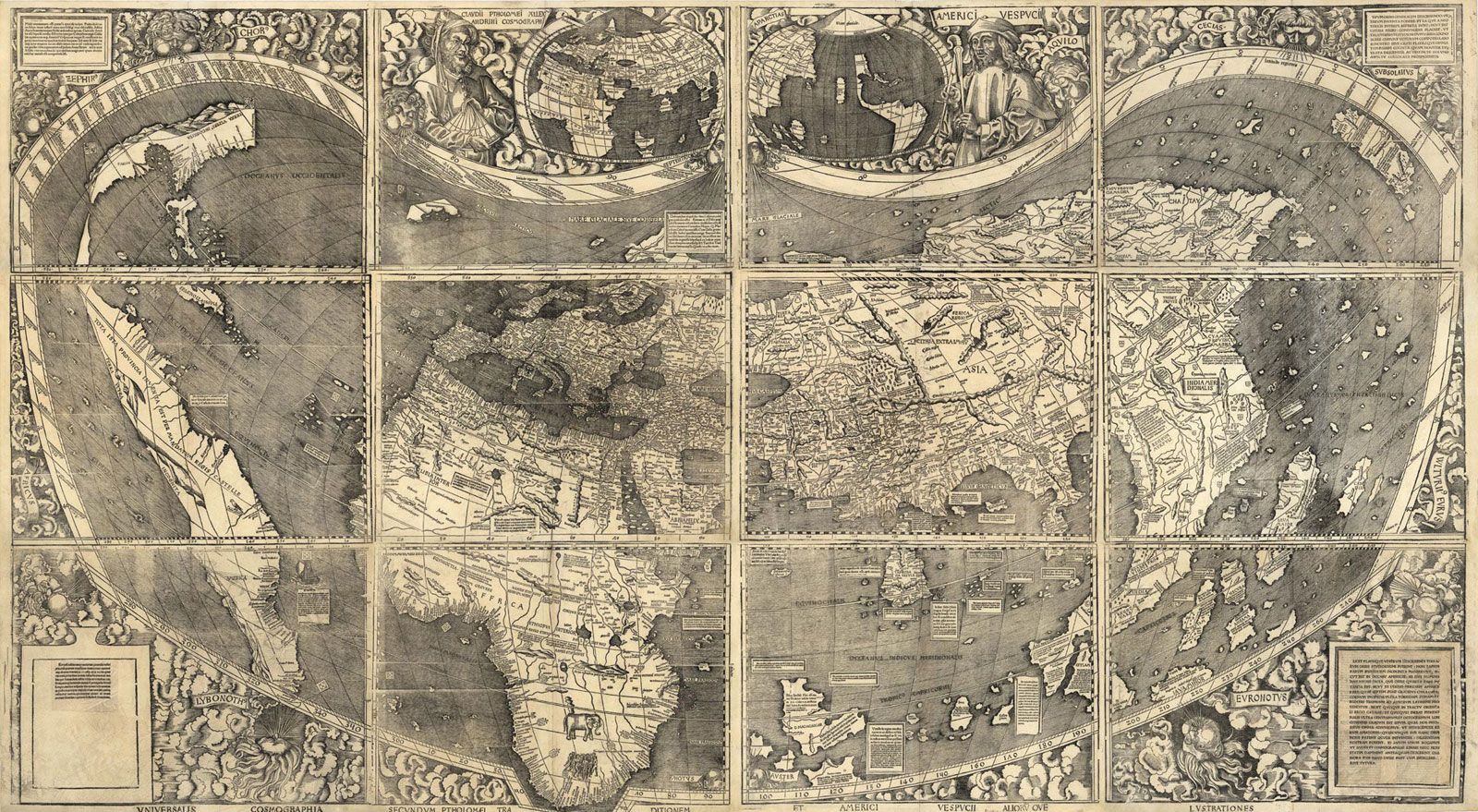The Renaissance and the Enlightenment were two transformative periods in human history that share several similarities and differences. The Renaissance was defined by significant advancements in art, literature, and philosophy, while the Enlightenment saw more significant advancements in science and politics. Both periods saw a renewed interest in classical culture and were marked by the emergence of individualism and secularism. However, the Renaissance was marked by the rise of powerful city-states in Italy, while the Enlightenment saw the emergence of new economic and political systems that continue to shape society today. Comparing the two periods can help us understand the evolution of human thought and how they continue to influence society.
The Renaissance vs. The Enlightenment: Comparing Two Eras of Transformational Change
Introduction
The Renaissance and the Enlightenment are two of the most significant periods in human history. They both marked significant transformations in the way people thought, made art, and approached science and economics. While they happened several hundred years apart, they share many similarities and also have several differences. This article will explore the critical elements of each era and compare them, highlighting their similarities and differences.
The Renaissance
The Renaissance was a historical period that spanned the late 14th to the 17th century. It is often referred to as the rebirth of classical culture because it saw a renewed interest in classical art, literature, and philosophy. The Renaissance was a time of great cultural and scientific advancements that began in Italy and spread throughout Europe.
Art and Literature
One of the defining characteristics of the Renaissance was the emergence of new art styles. Artists during this period used new techniques such as chiaroscuro, the use of light and shadow, and linear perspective, to create more realistic and lifelike images. Painters such as Leonardo da Vinci and Michelangelo are well-known for their contributions to the art of the Renaissance, creating some of the most famous works of the period.
Literature also flourished during the Renaissance. Writers such as William Shakespeare, Miguel de Cervantes, and Niccolò Machiavelli wrote influential works that continue to be studied and admired to this day.
Science and Philosophy
The Renaissance saw significant advancements in science and philosophy. Scientists and thinkers during this period rejected the notion of the Earth as the center of the universe, and instead embraced the heliocentric model proposed by Nicolaus Copernicus. This challenged the traditional religious beliefs of the time, leading to significant debates about the role of religion in society.
Philosophers during the Renaissance also started exploring new ideas about the role of humans in society. One of the most significant figures in this regard was the humanist philosopher Erasmus, who believed in the power of education to transform society.
Economics and Politics
The Renaissance was also a time of significant economic and political changes. The rise of powerful city-states in Italy, such as Venice and Florence, led to increased trade and the development of new economic and political systems.
The political climate during the Renaissance was marked by a desire for individualism and secularism. The notion of the divine right of kings was challenged by the ideas of democracy and individual liberty, leading to the development of new political systems that continue to shape society today.
The Enlightenment
The Enlightenment was an intellectual and cultural movement that took place primarily in Europe during the 17th and 18th centuries. It was a period of significant scientific, philosophical, and political advancements that transformed the way people thought about society and the world around them.
Science and Philosophy
Like the Renaissance before it, the Enlightenment was defined by significant advancements in science and philosophy. One of the most significant figures of the time was the philosopher Voltaire, who championed the use of reason and rationality in all aspects of life.
The Enlightenment also saw significant advancements in the field of science. The development of the scientific method and the embrace of empiricism led to a rethinking of traditional beliefs about the natural world.
Art and Literature
While the Enlightenment did not produce significant artistic movements like the Renaissance, it did see the emergence of new literary styles. Writers such as Jean-Jacques Rousseau and Voltaire wrote works that challenged traditional ideas about society and government.
Economics and Politics
The Enlightenment was also marked by significant advancements in economics and political thought. The political climate during this period was defined by the rise of democracy and individual liberty. The emergence of new economic systems, such as capitalism, transformed the way people thought about wealth and trade.
Comparing the Renaissance and the Enlightenment
While the Renaissance and the Enlightenment took place several hundred years apart, they share several similarities. Both periods were defined by significant advancements in science, philosophy, and politics. They both saw a renewed interest in classical culture and were marked by the emergence of individualism and secularism.
However, there are also significant differences between the two eras. The Renaissance was marked by significant advancements in art, literature, and philosophy, while the Enlightenment saw more significant advancements in science and politics. The Renaissance was also marked by the rise of powerful city-states in Italy, while the Enlightenment saw the emergence of new economic and political systems that continue to shape society today.
Conclusion
The Renaissance and the Enlightenment were two of the most significant periods in human history. They both marked significant transformations in the way people thought, made art, and approached science and economics. While they share many similarities, they also have several differences. By comparing the two, we can gain a better understanding of the evolution of human thought and how these periods continue to shape society today.
